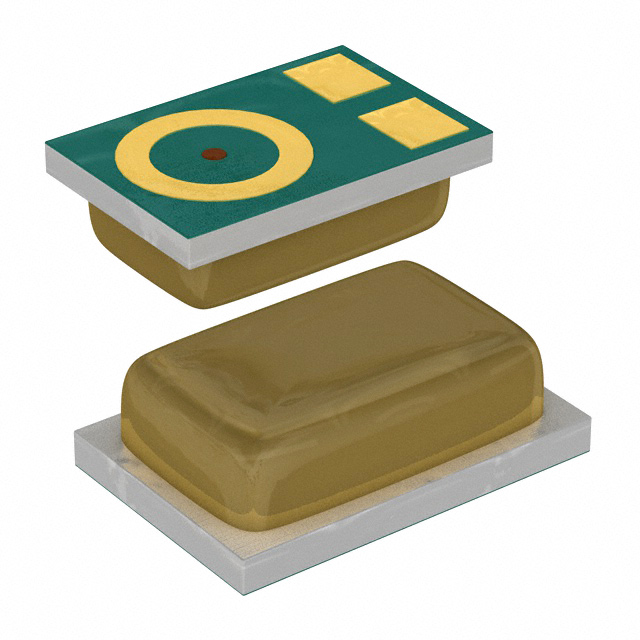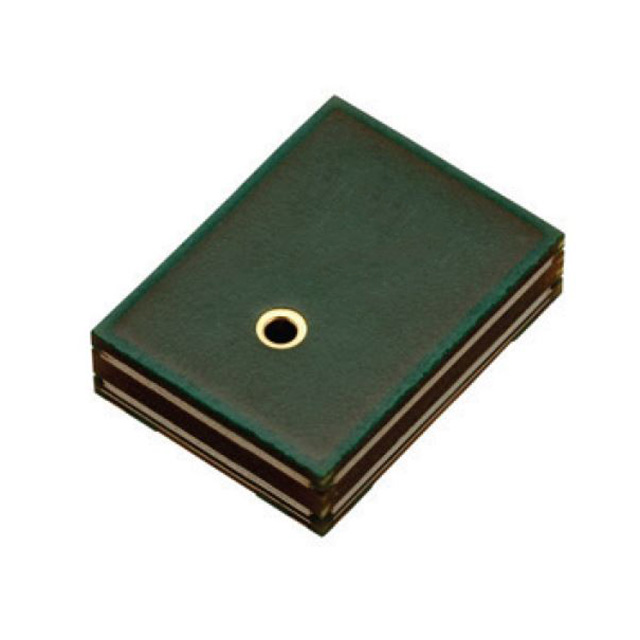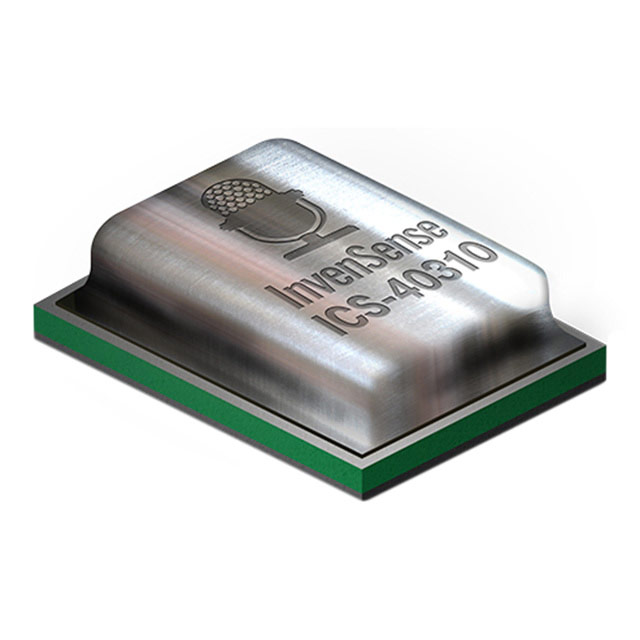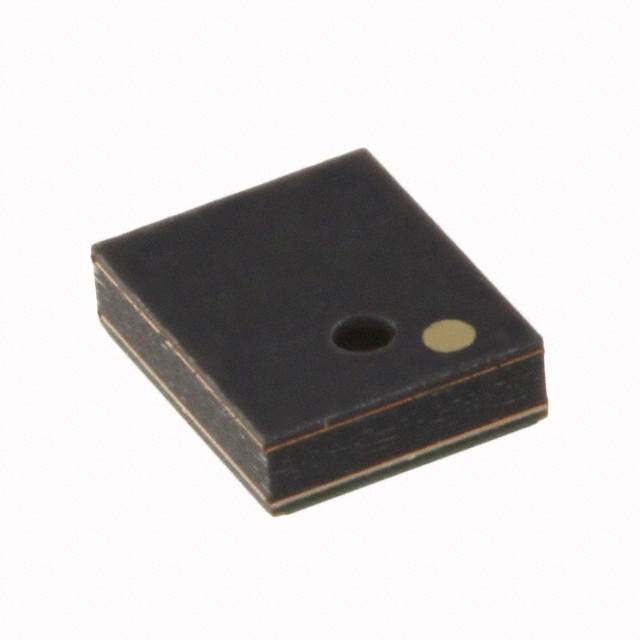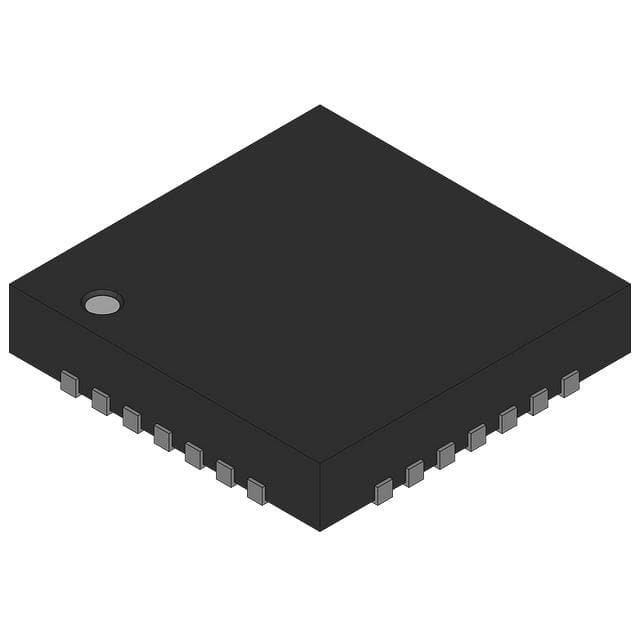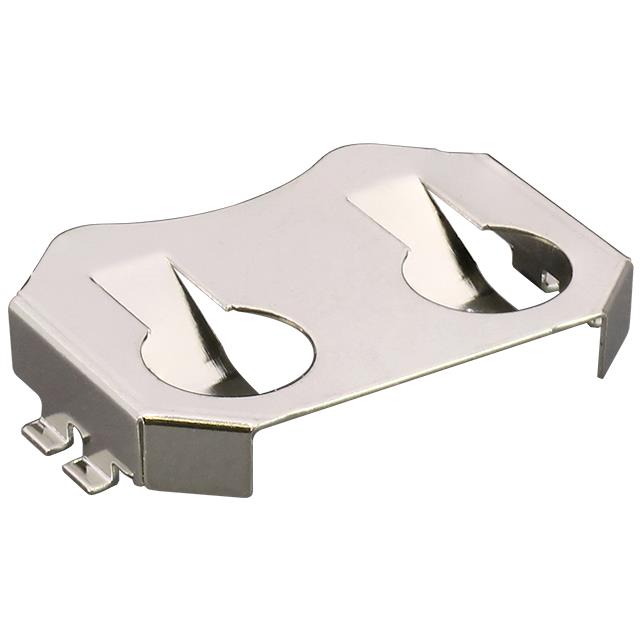STM32F103RET6: 32-bit microcontroller based on ARM Cortex-M3 core
STM32F103RET6 is a 32-bit microcontroller based on the ARM Cortex-M3 core launched by STMicroelectronics. It belongs to the STM32F1 series in the STM32 series. STM32F103RET6 is particularly suitable for applications that require high performance, low power consumption and high integration, such as embedded control, industrial automation, consumer electronics, smart home and automobile fields.
The following is a detailed introduction to STM32F103RET6:
1. Core features
Core: Based on ARM Cortex-M3, the main frequency is up to 72 MHz.
Storage:
Flash storage: 512 KB internal Flash.
SRAM: 64 KB internal SRAM.
Architecture: 32-bit, supports Thumb-2 instruction set, provides good performance and efficient code execution.
Low power mode: supports multiple low power modes, such as sleep mode, stop mode, etc.
2. Peripherals and interfaces
STM32F103RET6 integrates a variety of peripherals and interfaces to meet various application requirements:
GPIO (General-Purpose I/O): has 51 programmable I/O pins and supports multiple modes, including push-pull output, open-drain output and input mode.
Timer: includes 3 16-bit timers and 1 advanced control timer, supporting PWM output and input capture functions.
ADC: 12-bit resolution, supports up to 16 analog input channels, suitable for sensor reading.
Communication interface:
USART: supports 3 UART interfaces.
SPI: supports 2 SPI interfaces.
I2C: supports 2 I2C interfaces.
USB: provides USB 2.0 full-speed device interface and supports data transmission.
DMA (Direct Memory Access): supports efficient direct memory access operations.
CAN: supports version 2.0B of the CAN bus interface.
Independent watchdog: improves system reliability.
3. Power and power consumption
Operating voltage: 2.0V to 3.6V (typical 3.3V).
Power consumption: Low power design, suitable for portable devices and battery-powered systems. Supports multiple low-power modes, which can significantly reduce standby power consumption.
4. Package type
Package type: STM32F103RET6 provides LQFP-64 package, suitable for applications requiring more pins.
Size: LQFP-64 package has 64 pins, suitable for a variety of board designs.

STM32F103RET6 pin diagram
5. Performance
Main frequency: Maximum 72 MHz, supports efficient calculation and response speed, suitable for complex task processing.
Instruction cycle: The Cortex-M3 core can execute one instruction per clock cycle, providing high efficiency.
6. Development and debugging support
Development tool support:
Supports STM32CubeMX and STM32CubeIDE development environments, providing rich driver libraries and sample codes.
Supports third-party development tools such as Keil MDK and IAR Embedded Workbench.
Debug interface: supports JTAG and SWD (Serial Wire Debug) debugging interfaces for easy development and debugging.
7. Typical application areas
Industrial control: used for control systems and automation equipment.
Consumer electronics: such as smart homes, home automation, etc.
Automotive electronics: used for sensors, actuators, etc. in automotive control systems.
Embedded systems: used to develop a variety of embedded devices, especially for low power consumption and high integration applications.
8. Main advantages
High performance: Cortex-M3 core with 72 MHz clock frequency, suitable for applications requiring high performance and response speed.
Rich peripheral support: including multiple communication interfaces (UART, SPI, I2C, CAN), high-precision ADC, timers, etc., to meet various system requirements.
Low power consumption: with a variety of low power modes, suitable for battery-powered applications.
Easy to develop: powerful development tool support and rich peripheral interfaces make STM32F103RET6 a popular choice for embedded developers.
XCF32PFSG48C Similar Comparison
STM32F103RET6 vs STM32F105RBT6 vs STM32F105R8T6 vs STM32F105RCT6
| Parameter | STM32F103RET6 | STM32F105RBT6 | STM32F105R8T6 | STM32F105RCT6 |
|---|---|---|---|---|
| Image |  |  |  |  |
| Manufacturer | STMicroelectronics | STMicroelectronics | STMicroelectronics | STMicroelectronics |
| Core | ARM Cortex-M3 | ARM Cortex-M3 | ARM Cortex-M3 | ARM Cortex-M3 |
| Clock Speed | 72 MHz | 72 MHz | 72 MHz | 72 MHz |
| Flash Memory | 512 KB | 512 KB | 512 KB | 512 KB |
| SRAM | 64 KB | 64 KB | 128 KB | 128 KB |
| Package Type | LQFP-64 | LQFP-64 | LQFP-64 | LQFP-64 |
| GPIO Pins | 51 | 51 | 51 | 51 |
| Timers | 3 x 16-bit, 1 x advanced | 3 x 16-bit, 1 x advanced | 3 x 16-bit, 1 x advanced | 3 x 16-bit, 1 x advanced |
| USART | 3 | 3 | 3 | 3 |
| SPI | 2 | 2 | 2 | 2 |
| I2C | 2 | 2 | 2 | 2 |
| CAN | 1 | 1 | 1 | 1 |
| ADC | 12-bit, 16 Channels | 12-bit, 16 Channels | 12-bit, 16 Channels | 12-bit, 16 Channels |
| Operating Voltage | 2.0V - 3.6V | 2.0V - 3.6V | 2.0V - 3.6V | 2.0V - 3.6V |
| Power Consumption | Low-power mode support | Low-power mode support | Low-power mode support | Low-power mode support |
Key Differences
SRAM Capacity:STM32F105R8T6 and STM32F105RCT6 provide 128 KB of SRAM, making them more suitable for applications requiring more memory.STM32F103RET6 and STM32F105RBT6 provide 64 KB of SRAM, which is adequate for most standard applications.
Other Parameters:These four microcontrollers have the same clock speed, Flash memory size, pin count, package type, and peripheral support (GPIO, timers, USART, SPI, I2C, CAN, and ADC).
STM32F103RET6 PDF Datasheet
STM32F103RET6 FAQs
1. What type of microcontroller is STM32F103RET6?
Answer: STM32F103RET6 is a 32-bit microcontroller based on ARM Cortex-M3 core, belonging to STM32F1 series. It has high performance, low power consumption, and provides rich peripheral interfaces, suitable for various embedded applications, such as industrial control, consumer electronics, automotive electronics, etc.
2. What is the maximum clock frequency of STM32F103RET6?
Answer: The maximum operating clock frequency of STM32F103RET6 is 72 MHz, which can provide high processing power and is suitable for various real-time applications.
3. What is the memory configuration of STM32F103RET6?
Answer: STM32F103RET6 is equipped with 512 KB Flash memory and 64 KB SRAM. Flash memory is used for program storage, and SRAM is used for data cache and runtime data storage.
4. Does STM32F103RET6 support low power mode?
Answer: Yes, STM32F103RET6 supports multiple low power modes, including sleep mode, stop mode and standby mode, which are suitable for battery-powered devices and can effectively reduce power consumption and extend battery life.
5. What development tools and support does STM32F103RET6 have?
Answer:
Development environment: Supports STM32CubeIDE, STM32CubeMX, Keil MDK, IAR Embedded Workbench and other development environments.
Debugging tools: Support JTAG and SWD (Serial Wire Debug) debugging interfaces.
Software library: STMicroelectronics provides the STM32Cube software package, which contains a rich firmware library, routines, and peripheral drivers to help developers get started quickly.
6. What is the difference between the STM32F103RET6 and STM32F105 series?
Answer: The STM32F105 series and STM32F103RET6 are similar in core and most peripherals, but the STM32F105 series usually has more SRAM (such as STM32F105R8T6 and STM32F105RCT6 provide 128 KB of SRAM, while STM32F103RET6 only has 64 KB). In addition, the STM32F105 series also usually integrates more functions for higher performance applications.
7. Does the STM32F103RET6 support USB peripherals?
Answer: Yes, the STM32F103RET6 supports USB 2.0 full-speed device interface, which is suitable for applications that require USB communication, such as connecting to a computer or other USB devices.
8. What is the operating voltage range of the STM32F103RET6?
Answer: The operating voltage range of the STM32F103RET6 is 2.0V to 3.6V, and the typical operating voltage is 3.3V, which is suitable for embedded systems and low-power designs.
9. What programming languages does the STM32F103RET6 support?
Answer: The STM32F103RET6 supports development using the C/C++ programming language. STM32CubeIDE and other development environments provide rich libraries and sample codes to help developers develop applications efficiently.
10. Does the STM32F103RET6 support DMA (direct memory access)?
Answer: Yes, STM32F103RET6 supports DMA (Direct Memory Access), which can perform high-speed data transfer without occupying the CPU, thereby improving system efficiency. It is especially suitable for applications that require efficient data processing, such as ADC data acquisition, USART data transmission, etc.

